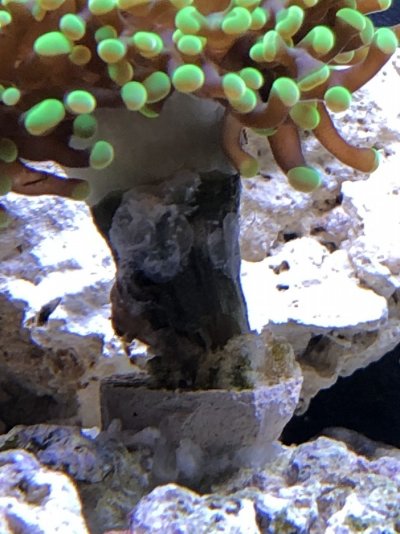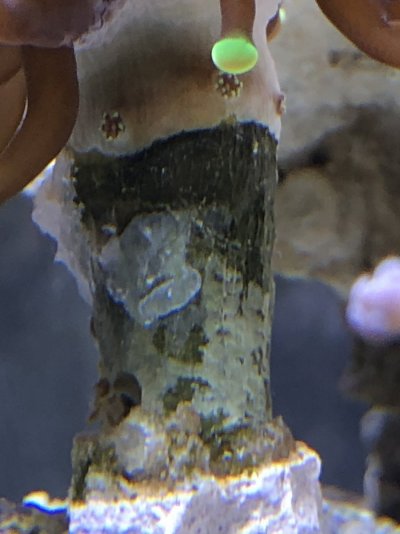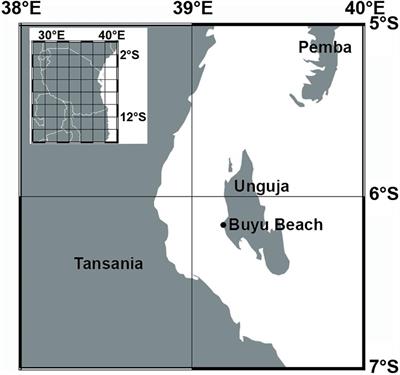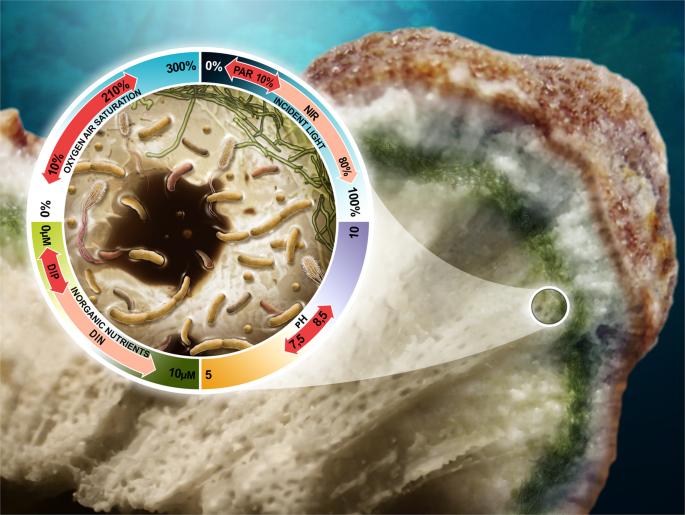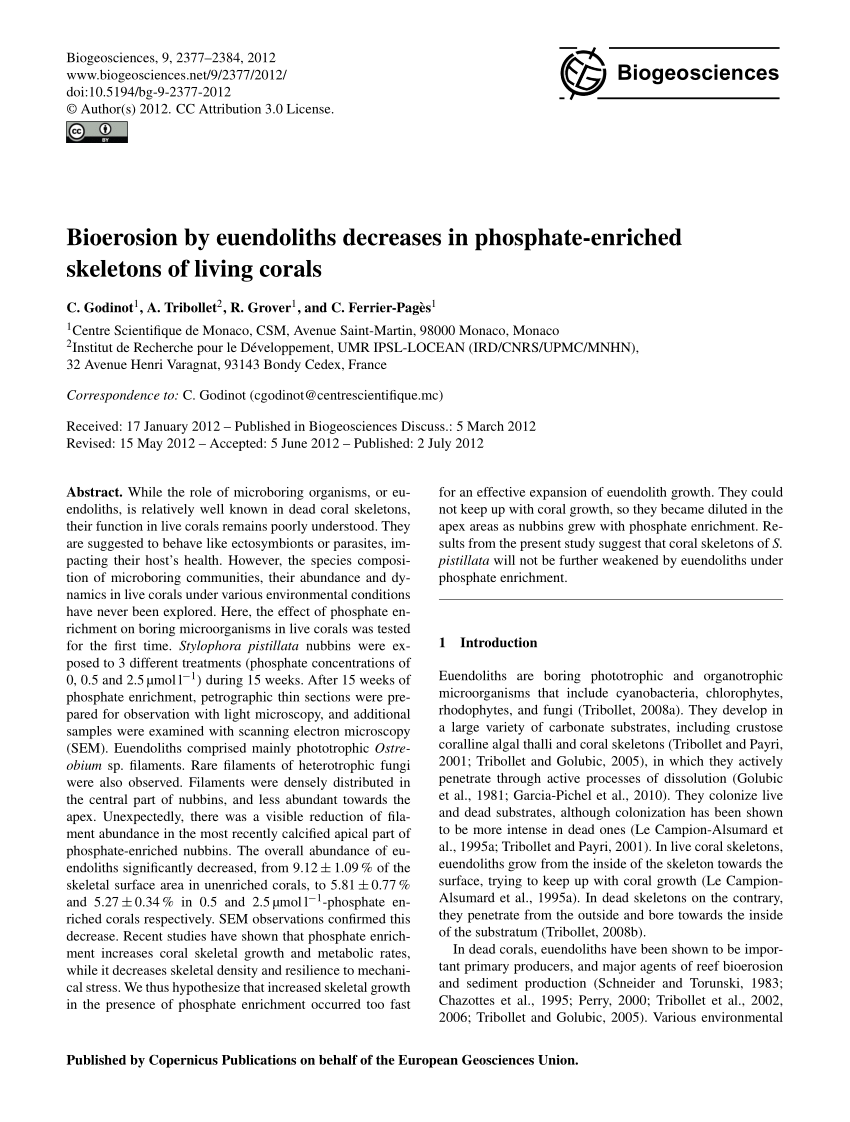I just noticed that my euphyillia skeleton has a hole in it (very bottom of skeleton, and left side in 2nd picture). I am wondering what this could be from and I’m concerned because of how good it’s been doing. I never noticed this before so I do it could’ve been there before but it’s very unlikely that I wouldve overlooked something like that considering how much I look at my corals. The things sticking on the side of it is some old glue, killing tube worms. This is a very healthy striving piece that I’ve had for about 5 months now. It is actually splitting right now and growing 5 new heads out the sides, 3 heads now, 1 head when I got it. I’m don’t have any fancy tests kits for alk, calcium, phosphate, etc, but I know that my magnesium is around 1400-1500. Could something be eating it? If you have any suggestions on what it could be please do share. I also dip all my corals when I introduce they to the tank and I used dry rock when cycling so I don’t think it could’ve been anything in there. Thanks.
